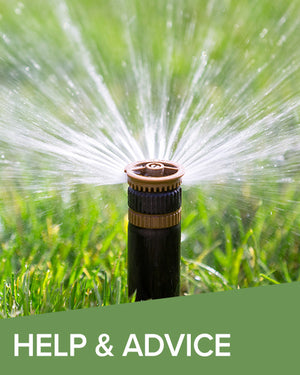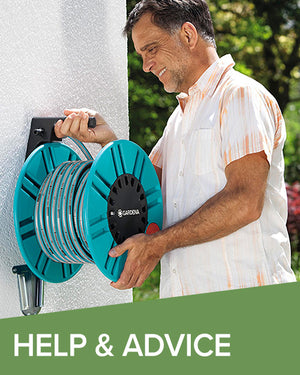Proper irrigation is key to maintaining a healthy and vibrant garden, but with so many different methods and systems available, it can be overwhelming to know where to start.
Getting started with garden irrigation can be daunting and confusing for the uninitiated. With so much information claiming to have all the answers, understanding how to use it to care for your plants can be complex. So how can we help? Well we have taken some time to put together a comprehensive overview of all the different types of garden irrigation and how to use it to help your plants flourish. From here, you can further research the various methods by utilising our in-depth guides in our irrigation help & advice centre.
Let's start off with why you need to water your plants and how to water your plants to get the best results.










 hello@easygardenirrigation.co.uk
hello@easygardenirrigation.co.uk
 +44 (0) 1646 402 050
+44 (0) 1646 402 050